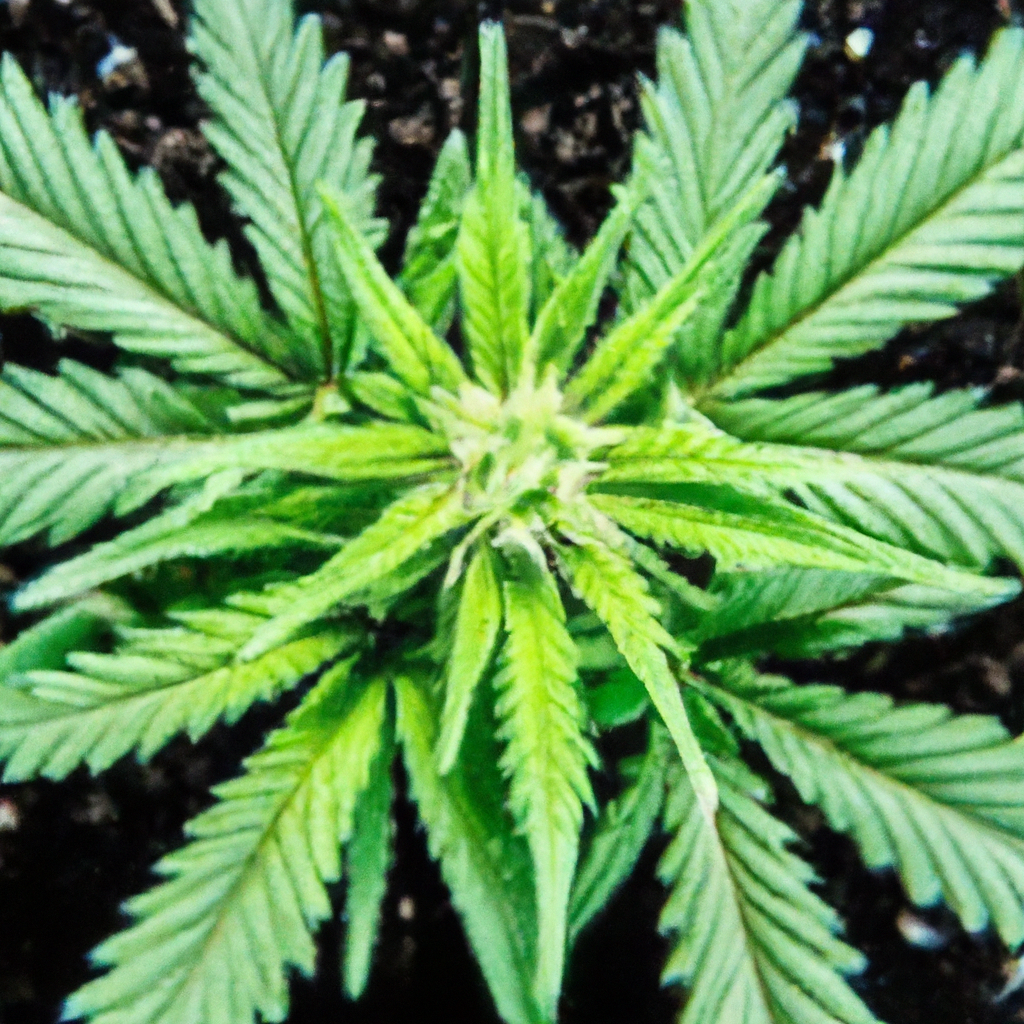Your cart is currently empty!
Successful cannabis cultivation hinges not only on the right nutrients or lighting but also on a well-planned growth schedule. This post delves into the finer details of scheduling to optimize each growth phase of your cannabis plants, enhancing yield, quality, and plant health.
Understanding the Growth Cycle
The cannabis plant’s lifecycle can be divided into distinct stages: germination, seedling, vegetative, and flowering. Understanding the nuances of each can aid in planning an effective schedule.
- Germination: This initial phase is crucial, taking about 3-10 days. During this time, seeds need a warm, moist environment to sprout successfully.
- Seedling: Lasts 2-3 weeks, requiring controlled humidity and light. Proper scheduling ensures plants don’t stretch from inadequate lighting.
- Vegetative Stage: Usually 3-16 weeks. Plants need ample light and nutrients, and here scheduling impacts size and shape through techniques like topping or SCROG.
- Flowering Phase: Critical phase lasting 8-11 weeks. Precise light schedules (typically 12 hours on, 12 off) trigger and optimize flowering.
Scheduling Best Practices
Proper scheduling optimizes labor, inputs, and ultimately yield. Consider these strategies for effective cannabis scheduling:
- Use a Growth Calendar: Track each stage closely, allowing small adjustments based on plant response.
- Invest in Timers: Ensure lighting and ventilation systems adhere to set schedules without human error.
- Seasonal Adjustments: Outdoor growers must align schedules with seasons, considering local climates.
- Record and Refine: Maintain detailed records of plant growth, weather conditions, and interventions to refine schedules over time.
Common Scheduling Challenges and Solutions
Scheduling isn’t without its pitfalls. Here, we address common scheduling challenges and offer solutions:
- Challenge: Late Flowering Trigger
Solution: Ensure consistent dark periods during flowering to avoid reversion to vegetative state. - Challenge: Nutrient Overlap
Solution: Adapt nutrients schedules as plants transition stages to prevent deficiencies or toxicities. - Challenge: Environmental Fluctuations
Solution: Leverage technology to monitor and control indoor environments automatically, maintaining strict adherence to schedules.
Conclusion
An optimally scheduled growth cycle is the backbone of successful cannabis cultivation. By understanding each growth stage, employing best practices, and addressing common challenges, you can enhance plant health and yield. Perfecting your scheduling strategy ultimately leads to a more efficient cultivation process, whether for personal enjoyment or commercial success.
As with any cultivation technique, continued observation and adjustment are key to honing scheduling skills.
Discover more from Magic Clones
Subscribe to get the latest posts sent to your email.


Leave a Reply